Top Five Special Education Acronyms Explained

- Special education acronyms are a shorthand for the requirements schools must fulfill to provide students with disabilities with the education that will maximize their potential.
- Knowing the meaning of these acronyms will help you understand which special education and related services should be available to your child in school.
- Many special education acronyms are rooted in IDEA, the Individuals with Disabilities Education Act, the civil rights law that guarantees children with disabilities a free and appropriate education.
IDEA, FAPE, LRE, IEP, RTI – these are just a handful of the special education acronyms parents need to know when they start working with their child’s school to make sure they are getting the education and services they need.
All of these terms can be a lot to take in at first. However, it’s important to be familiar with these acronyms and their meanings to make sure that your and your child’s rights and needs are being dealt with and respected properly at school.
Take a look at our guide to the top five special education acronyms and their meanings. They’re not as complicated as they seem!
IDEA: Individuals with Disabilities Education Act
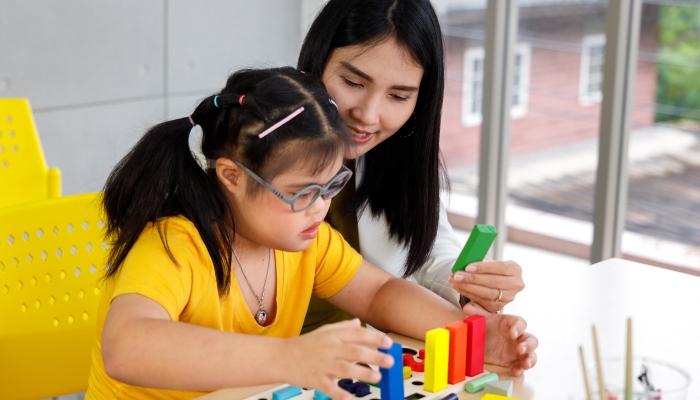
The Individuals with Disabilities Education Act11. About IDEA. Individuals with Disabilities Education Act. https://sites.ed.gov/idea/about-idea/#IDEA-History, usually known as IDEA, is the key civil rights law that ensures the rights of children with disabilities and their parents are protected with regard to accessing and progressing through their education.
IDEA is the legislation that guarantees a “free appropriate public education” in the “least restrictive environment” to children with disabilities and ensures that they receive the special education services they need to maximize their potential.
Impact on Special Education
Congress has stated that the overall goal of IDEA is to ensure “equality of opportunity, full participation, independent living, and economic self-sufficiency for individuals with disabilities.”
To make that happen, IDEA authorizes grants to states and education agencies to assist in providing special education services. It also establishes the expected standards of special education provisions and assesses the effectiveness of education for students with disabilities.
IDEA ensures that children with disabilities receive tailored and individualized special education programs appropriate to their specific needs. It recognizes that a one-size-fits-all approach is not appropriate when it comes to educating children with disabilities.
IDEA also requires that students with disabilities receive their education alongside their non-disabled peers to the extent possible, creating more inclusive school environments for all children.
Since coming into effect in 1975, IDEA has been amended by Congress several times to reflect society’s changing understanding of disability. It has expanded over time to include:
- Provision of early years services for children from birth through five.
- More involvement of children with disabilities in the general curriculum and inclusive school environments.
- Transition planning to enable future post-education success.
FAPE: Free Appropriate Public Education
Two cornerstone concepts contained in IDEA are a “free appropriate public education,” or FAPE, provided in the “least restrictive environment,” or LRE. Let’s take a look at FAPE and what it means first.
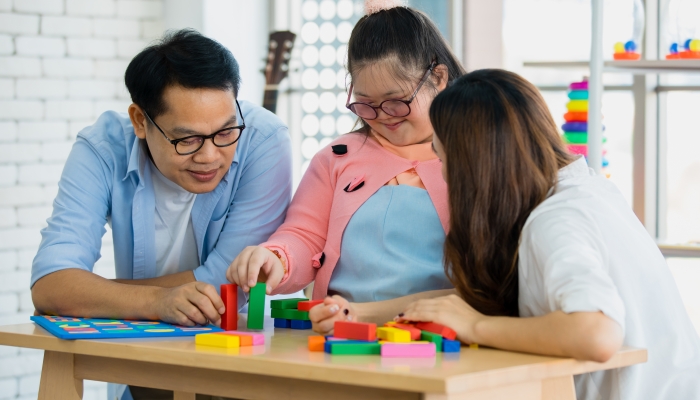
Definition of FAPE
FAPE was introduced in Section 504 of the Rehabilitation Act of 197322. US Department of Education (ED). Free Appropriate Public Education for Students With Disabilities: Requirements Under Section 504 of The Rehabilitation Act of 1973. U.S. Department of Education. 2010. https://www2.ed.gov/about/offices/list/ocr/docs/edlite-FAPE504.html and then incorporated as a key part of IDEA in 1975.
FAPE, under the Rehabilitation Act, guarantees that a child with a disability will be provided with an education by the government, supervised by a public school, and at no additional cost to their family.
FAPE In School Settings
A school is required to meet several criteria to comply with FAPE:
| Individually tailored |
|
| Least restrictive environment (LRE) |
|
| Appropriate evaluation and placement |
|
| Due process |
|
Implementing FAPE
In practice, FAPE means that a child with a disability has a right to have their specific needs evaluated using appropriate measures.
Their school is then required to create an individualized education program (IEP) for them with the involvement of school staff and the parents/guardians. Parents and guardians have a right to be informed about decisions along the way.
That program should list the accommodations and support the child needs. It should also ensure that those accommodations are provided to the maximum extent possible in the general curriculum alongside students without disabilities.
The child’s progress is then monitored and reevaluated to ensure that their needs are being met.
Any special education or accommodations the child needs should be provided by the school without cost to the family.
Finally, parents and guardians have a right to challenge any placements or evaluations if necessary.
LRE: Least Restrictive Environment
One of the foundations of FAPE is providing an education to a child with a disability in the least restrictive environment, or LRE. LRE is also fundamental to the goals of IDEA.
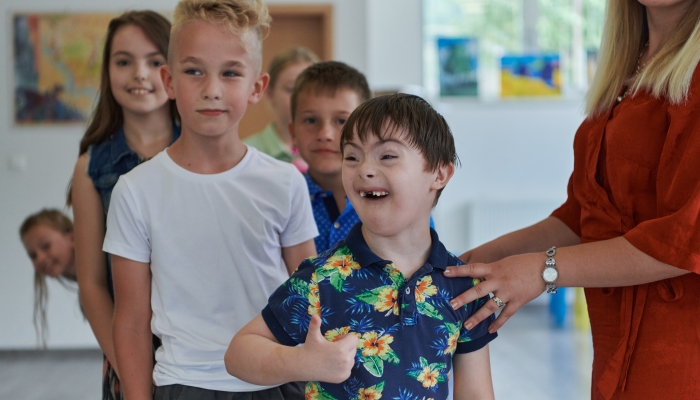
Definition of LRE
A least restrictive environment under IDEA33. Sec. 300.114 LRE requirements. Individuals with Disabilities Education Act. 2017. https://sites.ed.gov/idea/regs/b/b/300.114 means that children with disabilities should be educated alongside their peers without disabilities to the maximum extent possible that still meets their needs.
To conform with LRE, students with disabilities should be placed in inclusive classrooms and participate in the general curriculum with other children as far as it’s appropriate for them.
The placement of children in special classes or separate schools (usually called “out of district placement”) should only happen where the nature or severity of the disability means that placement in a regular classroom, even with accommodations, would not progress their education.
Implementing LRE
LRE will be different for every child with a disability. The point is to make sure that kids with special educational needs are included in general education classrooms and school communities as much as possible. This is often referred to as inclusion or mainstreaming.
For example, for a child with attention deficit hyperactivity disorder, or ADHD, this may mean having an individualized education program (IEP) but spending most of the school day in a general education classroom receiving support and accommodations when necessary.
For a child with a more complicated diagnosis or with several diagnoses, like a dual autism and ADHD diagnosis, it may mean spending some time in general education and some time separately receiving specially designed instruction or related services.
For kids with the most complex needs, the least restrictive environment may actually be a separate program, school, or facility where they receive education and related services like occupational therapy and speech-language therapy.
IEP: Individualized Education Program

An individualized education program44. A Guide to the Individualized Education Program. U.S. Department of Education. https://www2.ed.gov/parents/needs/speced/iepguide/index.html#closer, or IEP, which we’ve referred to a few times above, is the document that establishes and guides the special education supports and services that will be made available for the eligible child with a disability.
Every elementary and secondary education public school student who receives special education services must have an IEP under IDEA. However, the IEP forms will look different in each state and even from school system to school system.
The goal of the IEP is to design an educational program tailored to the student’s needs that will help them progress and succeed in the general curriculum.
Key Components of an IEP
An IEP consists of the following components:
- A statement about the student’s current performance in school.
- Annual goals for academic, social, or other education needs that the child can reasonably meet and that can be measured.
- A list of the special education services that will be provided.
- Participation with other children in regular classroom and school activities.
- Dates and places for the provision of services.
- Transition service needs for children age 14 and age 16 in preparation for leaving school.
- A statement of how progress will be measured and how parents will be informed.
Role in Special Education
An IEP is designed and written by an IEP team, including teachers, parents, school staff, and, where appropriate, the student as well.
Once a child is evaluated and deemed eligible for special education services, a meeting is held with the IEP team members involved.
Parents must be notified of the meeting, have the opportunity to attend, be informed of others attending, and have the option to invite people who have knowledge or expertise about their child’s needs.
The IEP is then written and the services are delivered according to the plan.
Once a year, the IEP is reviewed and changed as needed to ensure that adequate yearly progress is being made. Every three years, the child’s needs are reevaluated to check that the IEP is still appropriate.
RTI: Response to Intervention
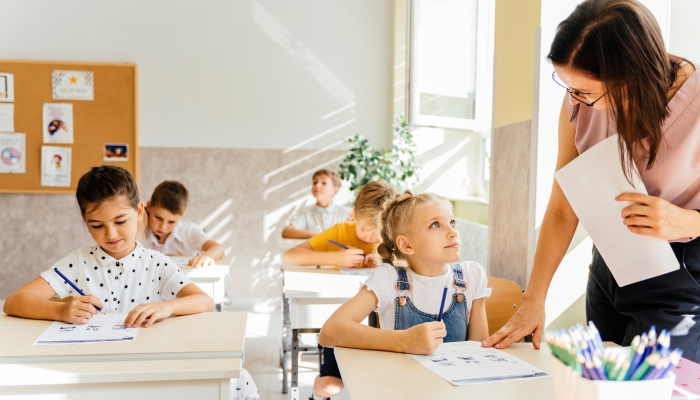
Unlike the other acronyms on this list, response to intervention55. Morin, A.. What is response to intervention (RTI)? Understood. https://www.understood.org/en/articles/understanding-response-to-intervention, or RTI, is not a legally based concept. RTI is a multi-tiered educational approach for identifying students struggling in school and intervening to support them in the general education classroom.
RTI is known in some states as MTSS, or multi-tiered system of supports66. Essential Components of MTSS. Center on Multi-Tiered Systems of Support. https://mtss4success.org/essential-components.
How RTI Works
RTI is a process used by teachers and schools to identify children who need support but who do not have IEPs and are not in special education programs. RTI generally works like this:
- Assessment: teachers assess the skills of all the children in the class.
- Intervention: teachers use research-based interventions to support the students who need them.
- Monitoring: teachers monitor student progress as they use the interventions.
- Data-based decision-making: teachers make decisions on screening, identification, and intervention based on the results they’re collecting and reassess their strategies.
Application in Schools
There are three tiers of support in RTI which increase in intensity as children are assessed and their progress is monitored:
| Tier 1 Whole Class |
|
| Tier 2 Small Group Intervention |
|
| Tier 3 Intensive Intervention |
|
What Is the Difference Between RTI and Special Education?
RTI is not a special education program itself. It is a process that many schools use as a way of determining which students may qualify for special education.
It is also a way for teachers and staff to determine which interventions and accommodations should be part of a child’s IEP.
However, RTI is also a way of immediately providing support to children who are struggling or at risk without having to wait for a special education evaluation and IEP to be completed.
Unlike an IEP, an RTI plan does not have to be written, but many schools do provide written intervention plans as part of the process, and parents can also request one.
Parents can also request, at any time, to have a special education evaluation while the child is being supported through an RTI plan.
References
- About IDEA. Individuals with Disabilities Education Act. (n.d.). https://sites.ed.gov/idea/about-idea/#IDEA-History
- US Department of Education (ED). (2010, August). Free Appropriate Public Education for Students With Disabilities: Requirements Under Section 504 of The Rehabilitation Act of 1973. U.S. Department of Education. https://www2.ed.gov/about/offices/list/ocr/docs/edlite-FAPE504.html
- Sec. 300.114 LRE requirements. Individuals with Disabilities Education Act. (2017, May 3). https://sites.ed.gov/idea/regs/b/b/300.114
- A Guide to the Individualized Education Program. U.S. Department of Education. (n.d.). https://www2.ed.gov/parents/needs/speced/iepguide/index.html#closer
- Morin, A. (n.d.). What is response to intervention (RTI)? Understood. https://www.understood.org/en/articles/understanding-response-to-intervention
- Essential Components of MTSS. Center on Multi-Tiered Systems of Support. (n.d.). https://mtss4success.org/essential-components
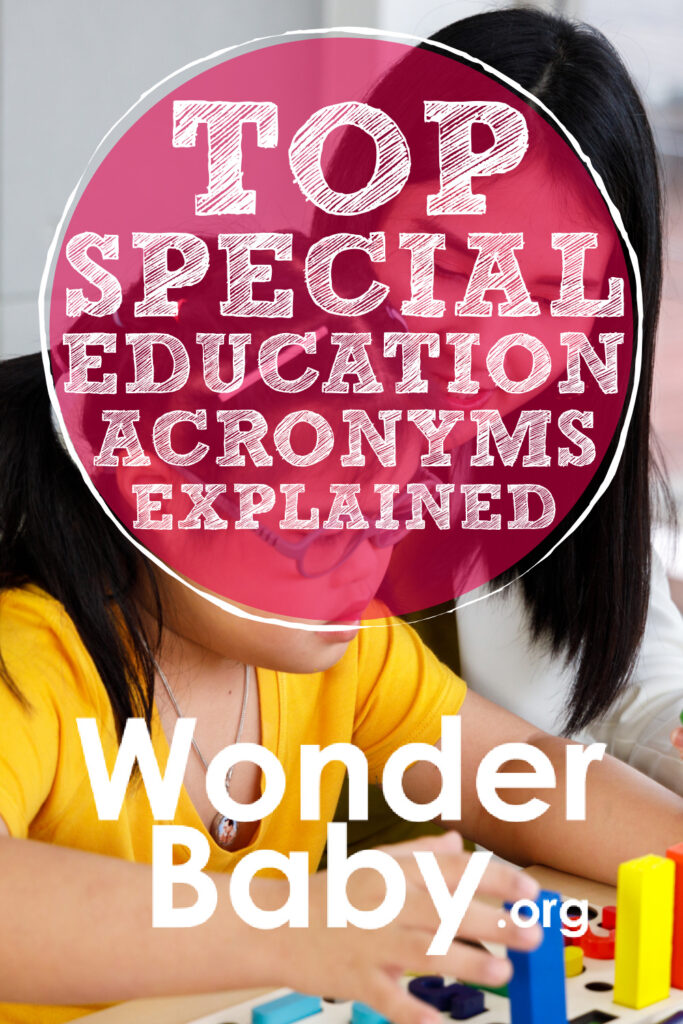
Related Posts

Eye Conditions and Syndromes, Visual Impairment
Neuralink Announces Plans to Restore Sight to the Blind with Brain Chip
Elon Musk’s company Neuralink has announced plans to begin human trials of its new “Blindsight” brain chip by the end of 2025.

IEPs
What Should I Bring to My Child’s First IEP Meeting?
Prepare for your child's first IEP meeting with confidence! Discover exactly what documents to bring, including educational records, medical info, and questions to ask.

Special Needs
5 Spring Cleaning Tips for Families of Children with Disabilities
Spring cleaning is an opportunity to create a more accessible, organized, and supportive space for your child with disabilities. Declutter, deep clean, and refresh!